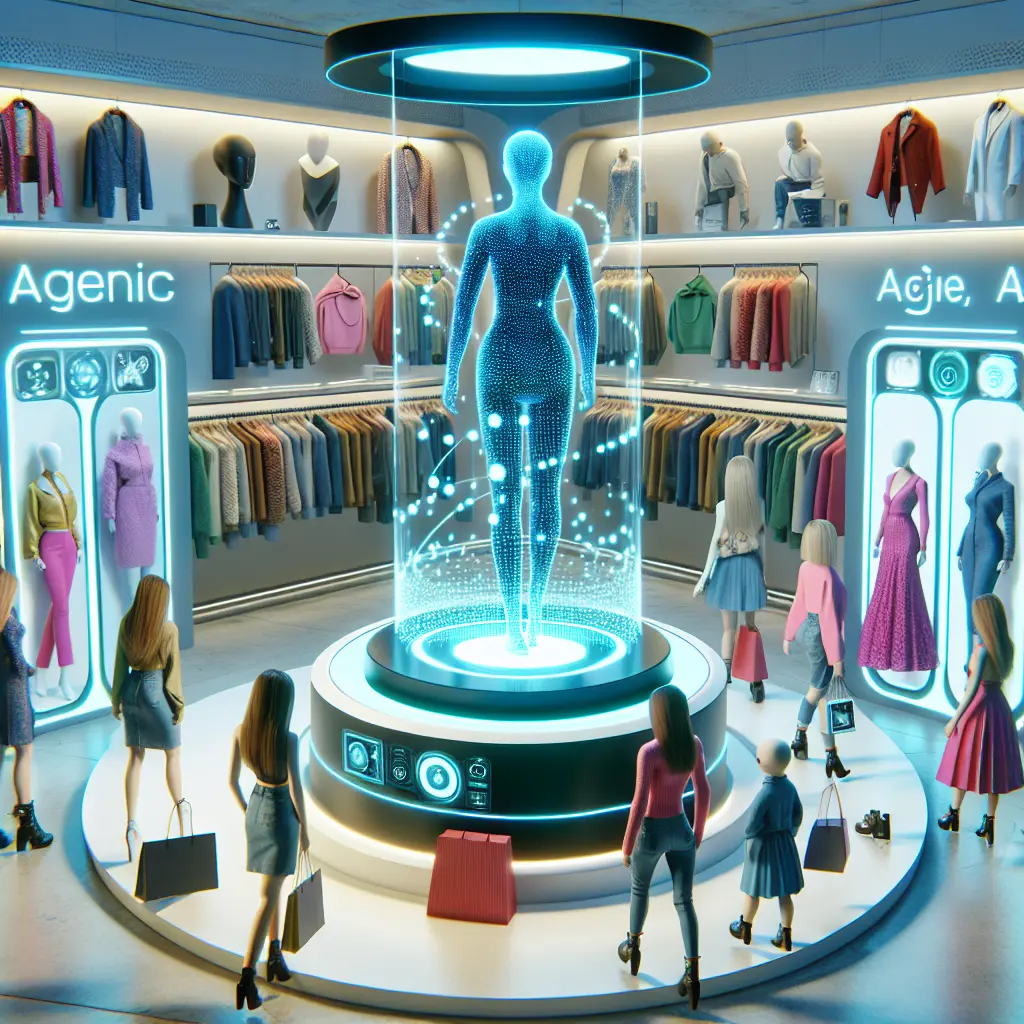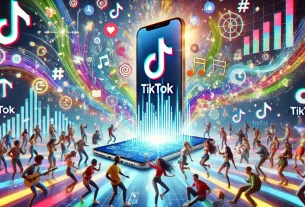Google Shopping Enhances with AI-Powered Virtual Try-On
In an era where convenience, personalization, and instant gratification reign supreme, Google is transforming the e-commerce landscape once again. With its latest rollout of AI-powered virtual try-on features, Google Shopping is taking online retail to a new level—where your screen becomes your dressing room.
Blending AI and Fashion: A New Way to Shop
Imagine shopping online and seeing how clothes fit on a lifelike model that matches your body type, skin tone, and style preferences. That vision is now a reality with the new AI-powered virtual try-on (VTO) capabilities in Google Shopping.
The key innovation lies in Google’s advanced image synthesis and machine learning models. These technologies allow shoppers to:
- Visualize clothing on diverse body types and ethnicities
- Try on outfits virtually before making a purchase
- Compare different sizes and styles across a wide range of models
How Google’s Virtual Try-On Works
To use the feature, shoppers simply search for items like “women’s tops” or “summer dresses” on the Google Shopping tab. Through an intuitive interface, they can:
- Select from various AI-generated models representing different sizes (XXS-4XL)
- Change skin tone and hair type to match their appearance
- See how fabrics fall, stretch, and look in motion
This immersive tech mimics a real-world fitting room experience, making it easier to identify the right product faster and with greater accuracy.
Brands Benefiting from the VTO Experience
Several major apparel labels such as Anthropologie, H&M, LOFT, and Everlane are already integrated into Google’s VTO system. These early adopters are setting a high bar for how AI can boost conversions and customer satisfaction in retail spaces.
Why It Matters: Solving Retail’s Largest Pain Points
Online shopping has always carried a significant downside—uncertainty. Unlike physical retail, digital channels have long suffered from:
- Low confidence in product fit and sizing
- High return rates due to customer dissatisfaction
- Lack of representation of real bodies and skin tones
Google’s AI enhancements directly address these challenges by allowing consumers to make more confident, informed purchases. According to surveys, shoppers are 60% more likely to return online purchases due to poor fit. This technology aims to slash return rates and increase both user trust and brand loyalty.
AI That Learns and Grows
This feature isn’t static. Google’s AI constantly evolves by learning from:
- User preferences and feedback
- Engagement metrics like time spent on product previews
- Style patterns and fashion trends
By adapting to shopper behavior, Google ensures a more customized experience while also helping retailers optimize their digital storefronts in real-time.
The Broader Impact on E-Commerce
Virtual try-on is more than a convenient shopping tool—it’s a paradigm shift for e-commerce. Here’s how it’s changing the game:
1. Personalization at Scale
The virtual try-on capability personalizes fashion like never before. Instead of one-size-fits-all models, shoppers can now see themselves in the clothes they might buy, making shopping feel more inclusive and empowering. Plus, it allows consumers to filter results by fit types, colors, or brands that work best for them.
2. Reduced Environmental Footprint
Returns are not just inconvenient for consumers—they’re damaging to the environment. Every returned clothing item contributes to increased shipping emissions and waste. By helping consumers find the right fit the first time, Google’s VTO feature supports more sustainable shopping.
3. Boosting Retailer ROI
Retailers adopting this innovation benefit from:
- Higher conversion rates thanks to increased purchase confidence
- Reduced operational costs associated with returns
- Enhanced customer experience and loyalty
This translates into an improved return on investment (ROI) that can make a measurable difference to retailers’ bottom lines.
What Comes Next? Future of AI in Fashion Retail
Google’s VTO is just the beginning. As AI continues to evolve, we can expect more innovations like:
- Style recommendations based on your purchase history and browsing behavior
- Voice-enabled shopping assistance through Google Assistant
- Augmented reality (AR) mirrors built into smart homes and mobile apps
With further advancements, Google may soon incorporate male clothing, children’s fashion, or even accessories such as glasses, hats, and footwear.
Tips for Retailers to Leverage Google’s AI Try-On Features
For brands aiming to capitalize on this new wave, here are a few best practices:
- Optimize product images with high-resolution photography and clean backgrounds
- Ensure accurate sizing data and include detailed product descriptions
- Work with Google Merchant Center to integrate VTO tools and gain eligibility
- Highlight inclusivity in marketing campaigns by showcasing VTO diversity features
The smoother the integration, the more likely shoppers will engage, resulting in higher click-through and conversion rates.
Conclusion: The Future of Fashion Is Here
Google’s AI-powered virtual try-on is a game-changing moment for both consumers and retailers. With cutting-edge machine learning and inclusivity at its core, this new tool elevates the online shopping experience—making it smarter, greener, and more tailored to the individual.
As the lines between technology and fashion continue to blur, one thing is certain: Google Shopping is setting the standard for the future of e-commerce.
Ready to explore the possibilities? Head to Google Shopping and see how AI can enhance your wardrobe—virtually.




